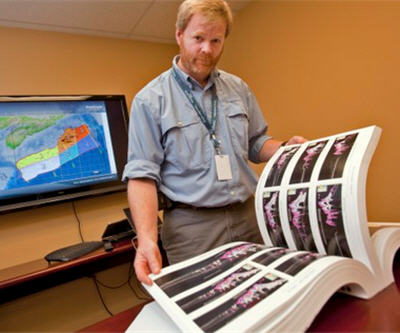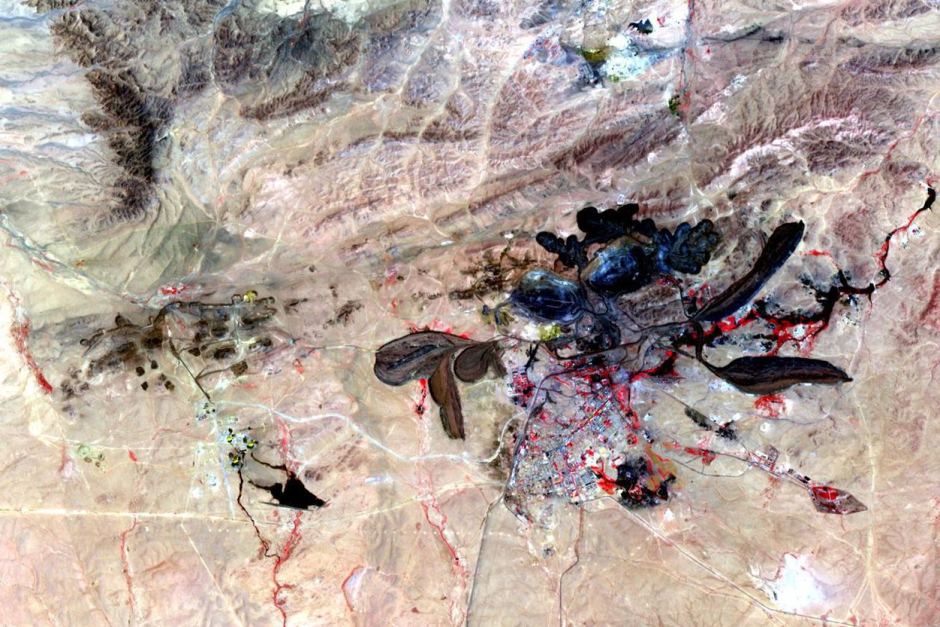One man convinced the oil majors to give Nova Scotia another look and now they are spending $2B

A lone government worker’s conviction that Nova Scotia is not dry and that there are oil riches has brought back the oil majors who plan to spend a combined $2 billion on exploration in the eastern province.
Quartz profiles Sandy McMullin, a fitness fanatic and former agriculture engineer who now runs Nova Scotia’s Petroleum Resources Branch.
Nova Scotia does have an oil industry, but recent wells had not panned out. Majors were exiting the province, and royalties were in steep decline.
To bring the majors back to Nova Scotia, McMullin had to convince his own bosses to spend $15 million on a study, not easy for the cash strapped province. What could McMullin uncover that hadn’t already been analyzed by the pros?
[McMullin] contracted it to a group of retired BP scientists at a UK firm called RPS. Leading them was a Cypriot-born geologist named Hamish Wilson. Examining Nova Scotian history, Wilson noticed that the early drillers had worked almost entirely in extremely shallow water—400-500 feet (120-150m) deep. He also observed that, in their post-1986 run of bad luck, they had been relying almost wholly on 1970s seismic methods—tools that are rudimentary by today’s standards.
It was possible, RPS said, that something had been missed. Wilson’s proposal included going deeper—hunting for an entirely new oil province in 6,500 feet of water, reaching for much older geology, and using much more advanced exploration tools. Wilson’s model would reconstruct Nova Scotia through eight geological eras going back to the early Jurassic age, just as Pangaea was breaking up. Given how oil cooked up over time, that was where, if substantial undiscovered reserves existed, they would be found.
Image or Sandy McMullin by Quartz
More News
Navoi’s Q1 gold output rises slightly, but production value doubles
April 10, 2025 | 09:41 am
Infographic: Copper spheres of control
Who controls the future of copper mining?
April 10, 2025 | 09:34 am
{{ commodity.name }}
{{ post.title }}
{{ post.date }}




Comments